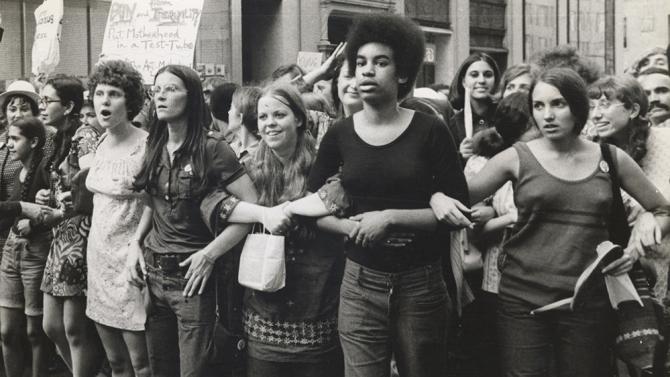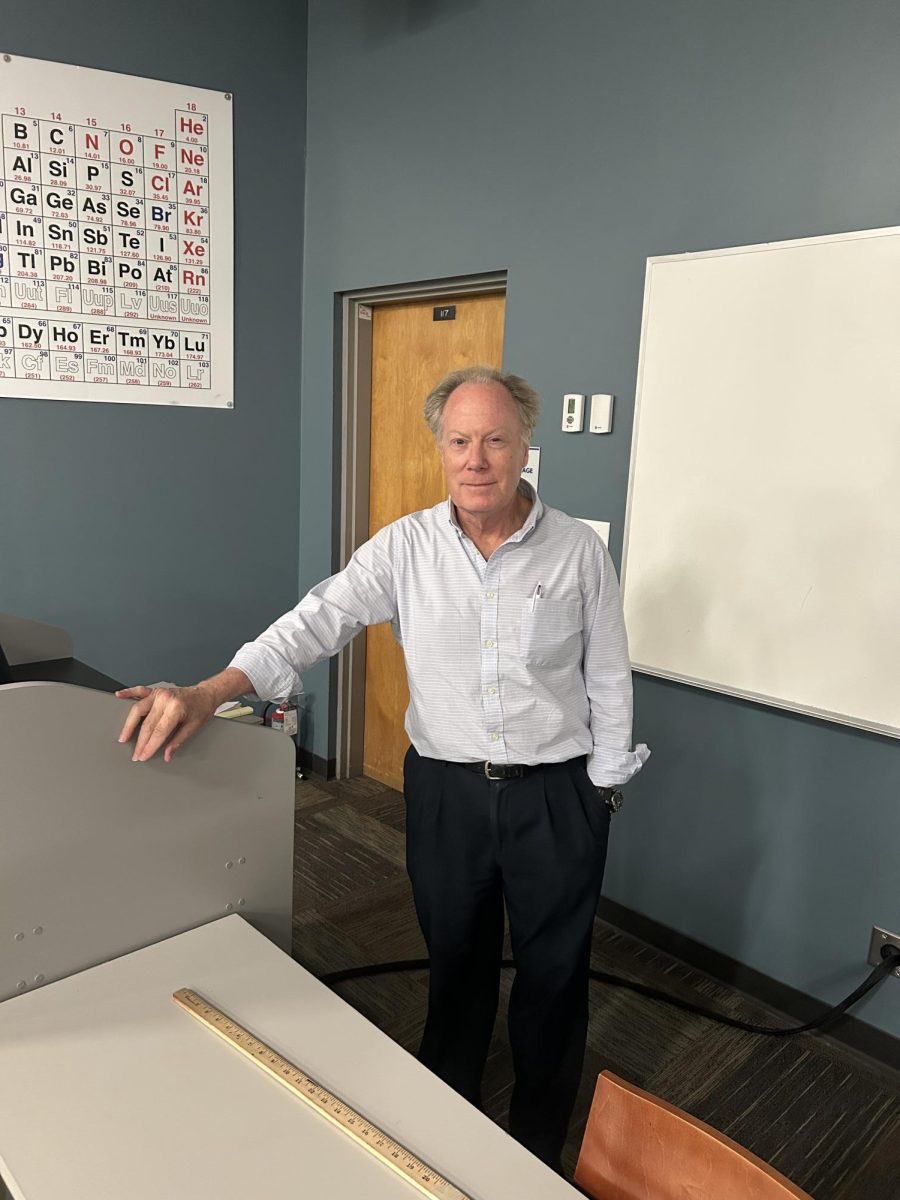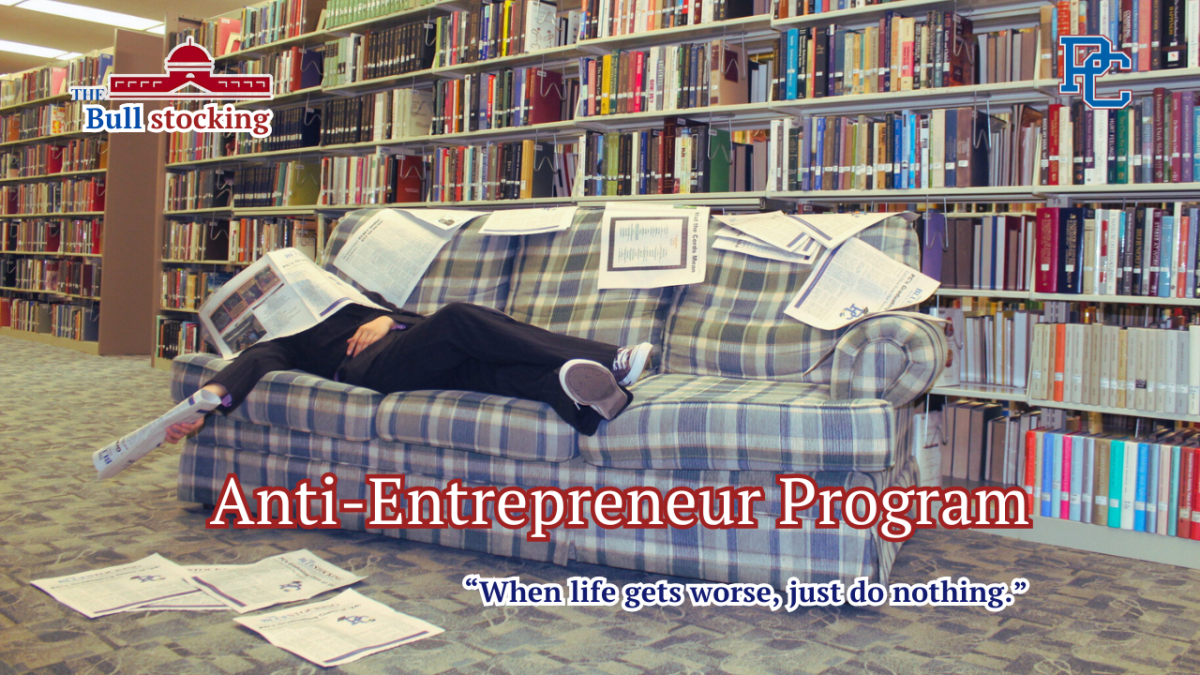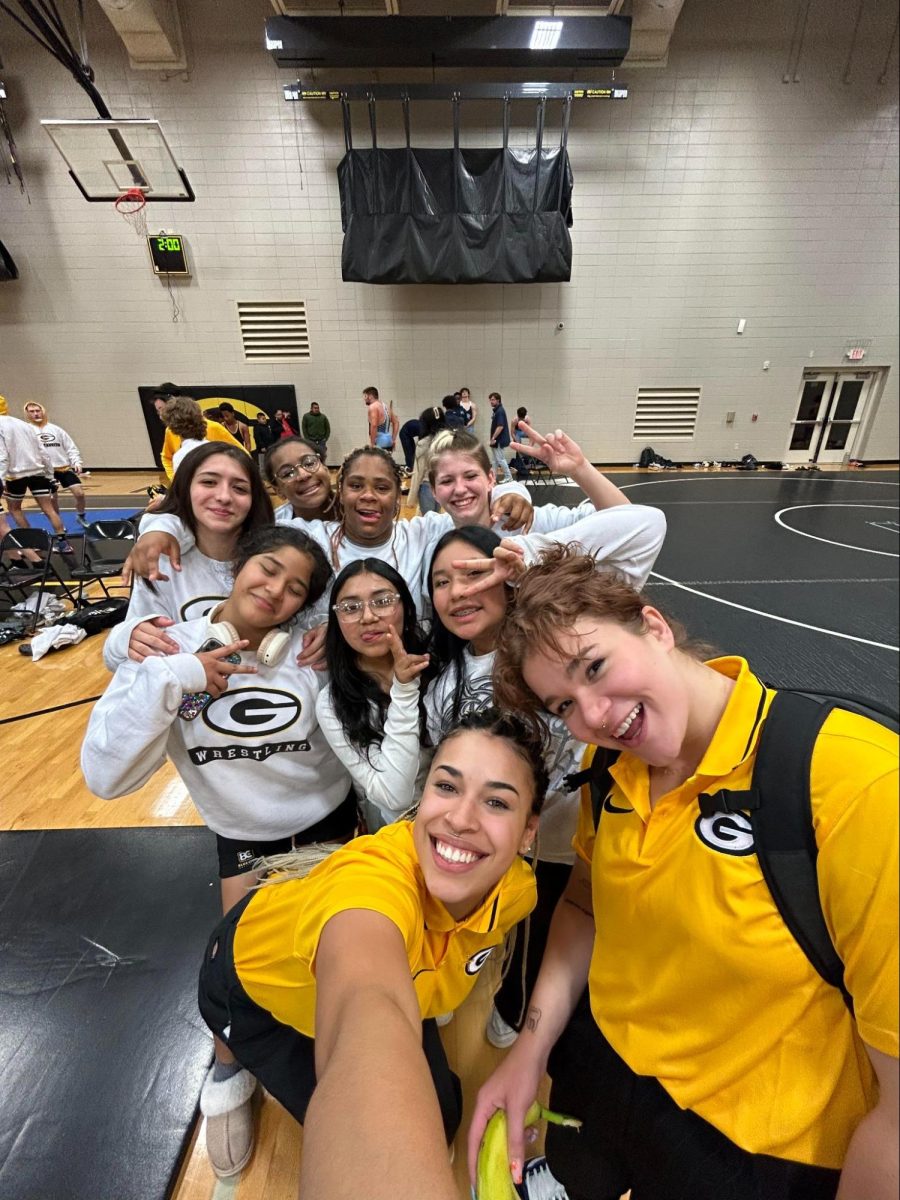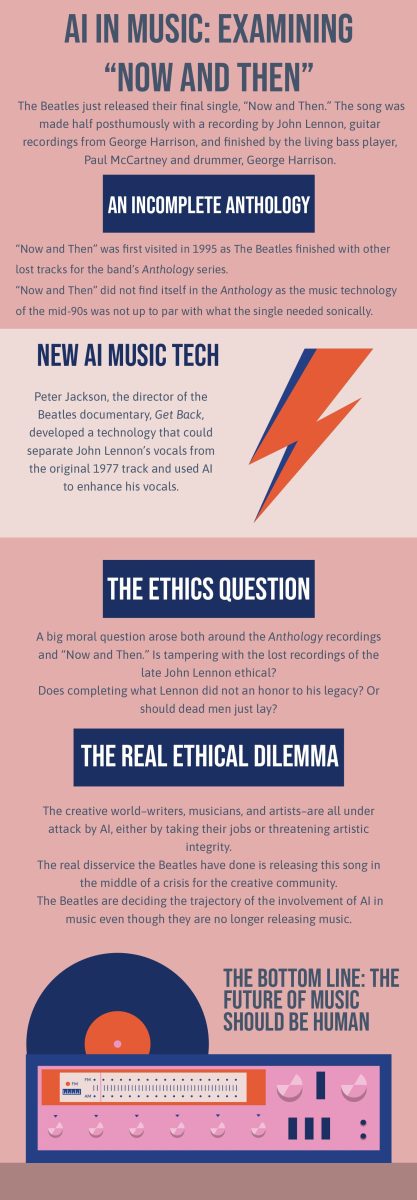In a sweeping epic documenting the roots of the women’s rights movements, She’s Beautiful When She’s Angry, the first Southern Circuit film of the year, shows viewers the multiple facets of the women’s rights movements that has affected the way women are treated as members of society.
Mary Dore, the filmmaker, got her inspiration for the film because she “was mad” that she had never seen a documentary about the women’s rights movements that covered such social issues as women’s healthcare, daycare, racism, sexism, lesbian/queer women, social and economic class, sex, and abortion, all in one film. She also had not seen a documentary that was an accurate portrayal of the women’s rights movement that she herself experienced growing up during the time.
Dore wanted for this film to be both entertaining and well researched, and indeed, this film focused on many different subgroups of the women’s rights movement, and featured funny, insightful, and engaging interviews with the leaders of these subgroups.
She’s Beautiful When She’s Angry begins with the issue of women’s healthcare, as it is still an ongoing topic for political and social debate. Despite the great social changes the women’s rights movement did accomplish, much more has either been stopped completely, or is still an ongoing battle to today, such as contraception and abortion.
Beginning with Betty Friedan’s controversial book The Feminine Mystique, which pointed out that men are rarely ever seen as a sexual object in the way women typically are, the women’s rights movement took off to stop this dehumanization of women in as many ways as possible.
Mary Jean Collins was one of the first women to get behind the movement to fight against women’s employment discrimination, and was elected president of the Chicago Chapter of the National Organization for Women (NOW). A collector of buttons, Collins shows a particularly fun one she has that reads: Uppity Women Unite.
Other sociopolitical movements that began to take hold and spread across the United States was the Black Woman’s Liberation Committee, which challenged the concepts of masculinity, femininity, and skin color; the Women’s International Terrorist Conspiracy from Hell, a radical group whose members would put a “hex” on people who disagreed with their socialist feminist views; and the Lavender Menace, which was the lesbian women’s rights movement that challenged “why [women would be] reviled at their own people.”
She’s Beautiful When She’s Angry covered a lot of different topics within the women’s rights movement, and this made for something like a patchwork quilt of a film. But this is not to say that it is a bad quality in this film, as the patchwork quality of the types of challenges to the status quo of women’s treatment in society allows for the film to cover multiple people in multiple interviews, while also juxtaposing them against video clips from the movements, marches, rallies, and meetings that were recorded at the time.
Watching this film brought to light a lot of different areas of the women’s rights movement that had not had as much attention before. She’s Beautiful When She’s Angry is informative and insightful while also being highly entertaining through the interviews with the sometimes quirky, but always very poignant and intelligent women who helped shape the movement and change history.
The next Southern Circuit film, Shield and Spear, will be on Oct. 20, at 7:30 p.m. in HP amphitheater.

